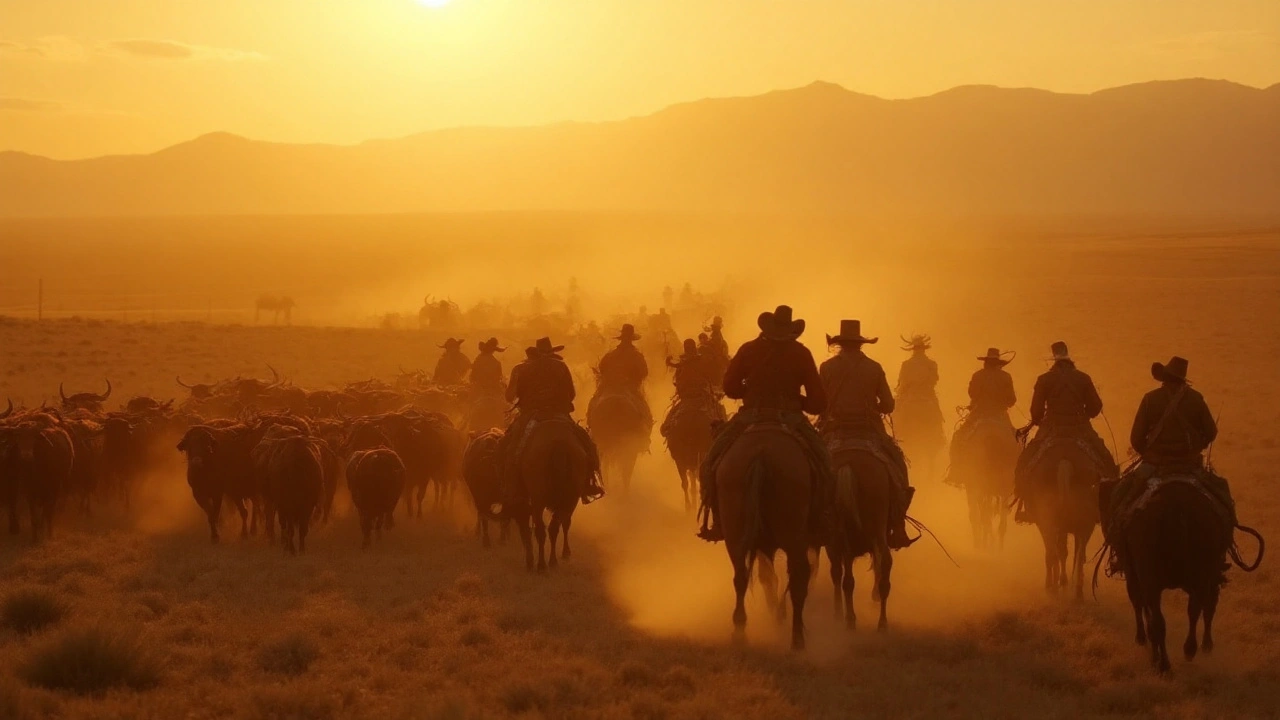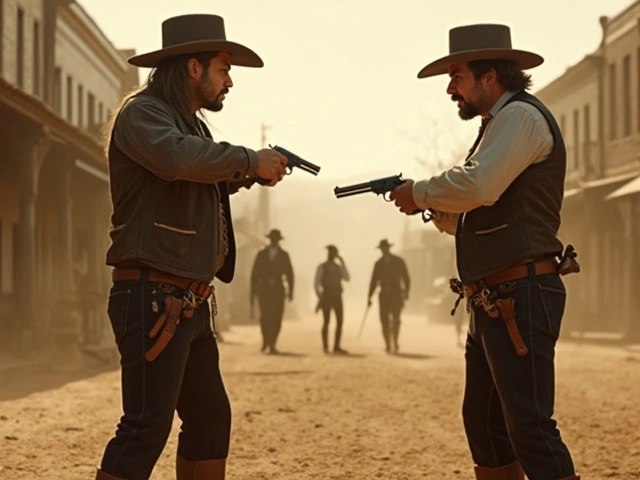Glock vs. Smith & Wesson: The Lawsuit Explained
September 30 2025Cowboy Salary: What Cowboys Make Then and Now
Ever wonder if the cowboy life was as lucrative as movies make it look? The short answer: it varied a lot, and today’s cowboys earn in very different ways. Let’s break down the numbers, from 19th‑century ranch hands to modern rodeo riders and SASS competitors.
Old West Paychecks
Back in the 1800s a typical ranch hand earned about $15 to $25 a month. That might sound low, but remember a horse, a bed, and food were often part of the deal. Seasonal work like cattle drives could add a few extra dollars, especially if a cowboy survived the tough trek without losing a head of cattle.
Leaders such as trail bosses or foremen could pull in $40 to $50 a month, plus bonuses for hitting targets like moving a herd safely. In big towns, a cowboy who doubled as a saloon bouncer or a messenger might pick up extra cash, but most relied on the steady, if modest, ranch wages.
Modern Cowboy Earnings
Today, a full‑time ranch worker in the U.S. makes roughly $12 to $20 an hour, which translates to $2,500‑$4,000 a month before taxes. Experience matters – a senior wrangler with 10+ years can earn $25 an hour or more. Benefits like health insurance, housing allowances, or profit‑sharing can boost the total package.
Rodeo athletes have a different pay structure. Prize money can range from a few hundred dollars for a local fair to six‑figures for a national circuit champion. Sponsorships, merchandise sales, and appearance fees add to that income, but a rodeo cowboy needs a strong brand and consistent results to make it a full‑time gig.
For those into Cowboy Action Shooting (SASS), the earnings aren’t direct wages but can turn into cash through tournament winnings and sponsorships. The most popular caliber, .38 Special, keeps ammo costs low, allowing shooters to compete more often without breaking the bank.
Factors That Influence Pay
Location matters. Ranches in high‑cost states like California or Colorado often pay more to offset living expenses. Specialty skills – a cowboy who can train horses, fix fences, or manage herd health – commands higher rates. Seasonal demand also spikes during cattle calving or shearing periods, offering overtime pay.
Education is becoming a bigger factor. Programs in animal science, agribusiness, or equine management can lift a cowboy’s earning potential by opening doors to management roles or better‑paid specialty jobs.
If you’re looking to boost your cowboy income, consider diversifying. Offer trail‑riding tours, teach basic riding classes, or start a small livestock‑breeding side hustle. Many modern cowboys supplement their paycheck with these extra streams.
Bottom line: the cowboy salary has always been a mix of base pay, bonuses, and side gigs. Whether you’re riding cattle across the plains or pulling a trigger in a SASS match, understanding the pay landscape helps you plan a sustainable, rewarding western lifestyle.
 22 Sep
22 Sep
Do Cowboys Get Paid? Earnings, Jobs & History Explained
Explore how cowboys earned a living, from historic cattle drives to modern ranch work, and discover the true cowboy salary today.
Read More...




